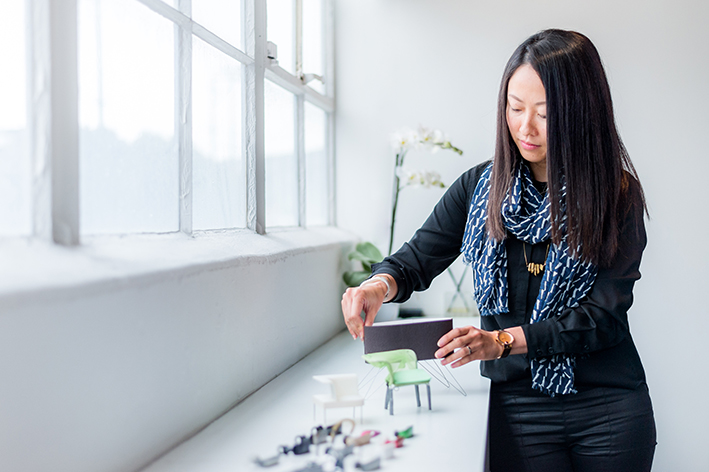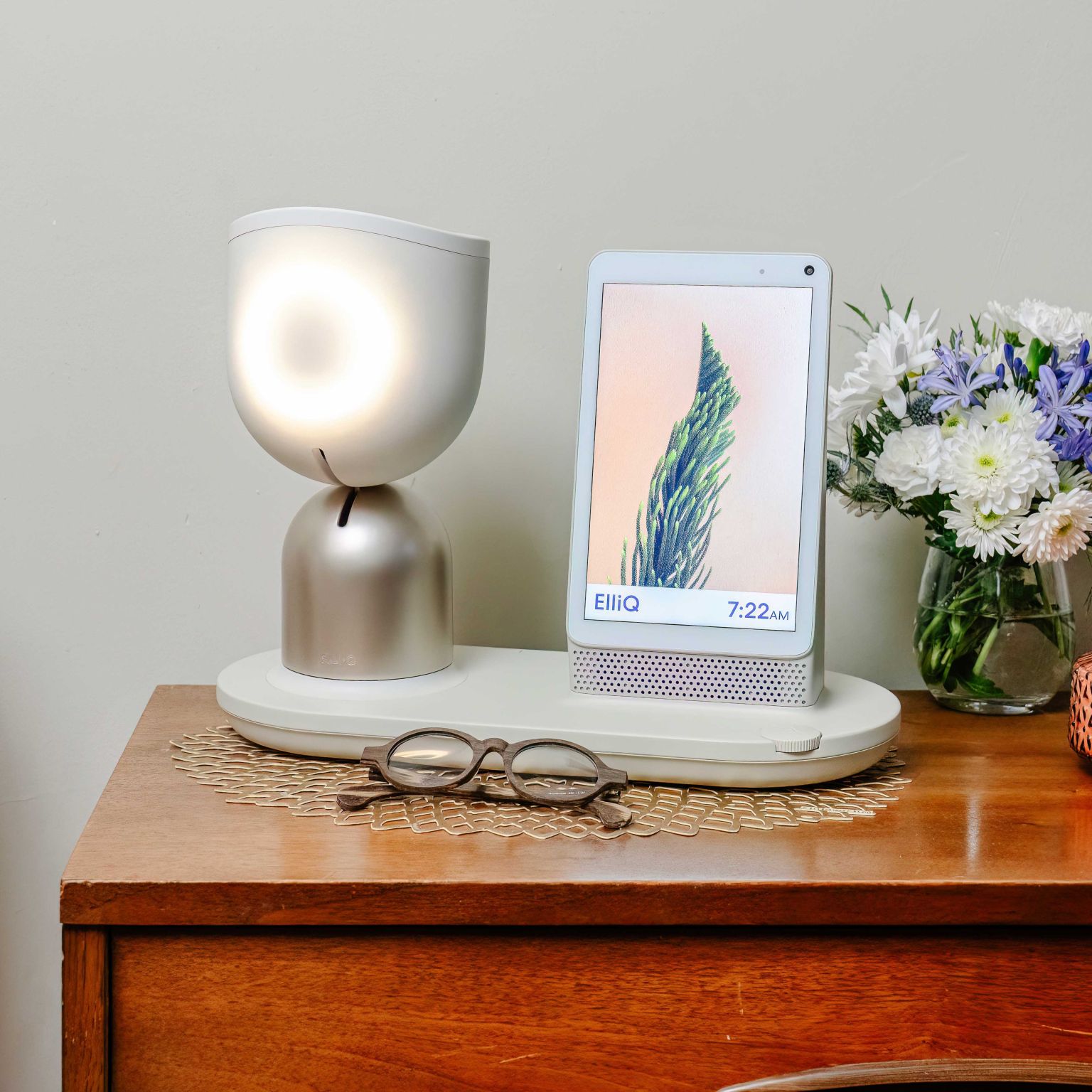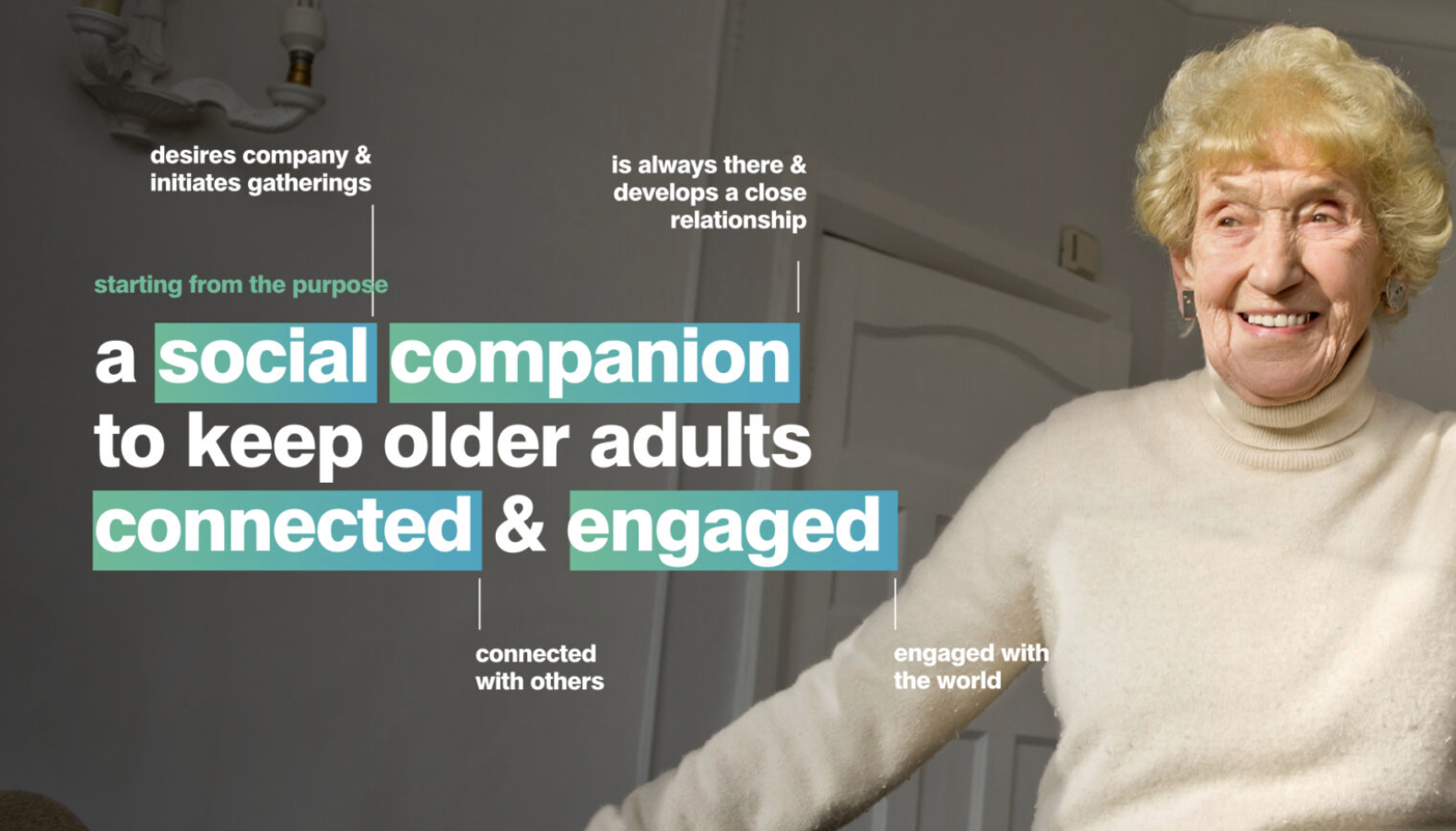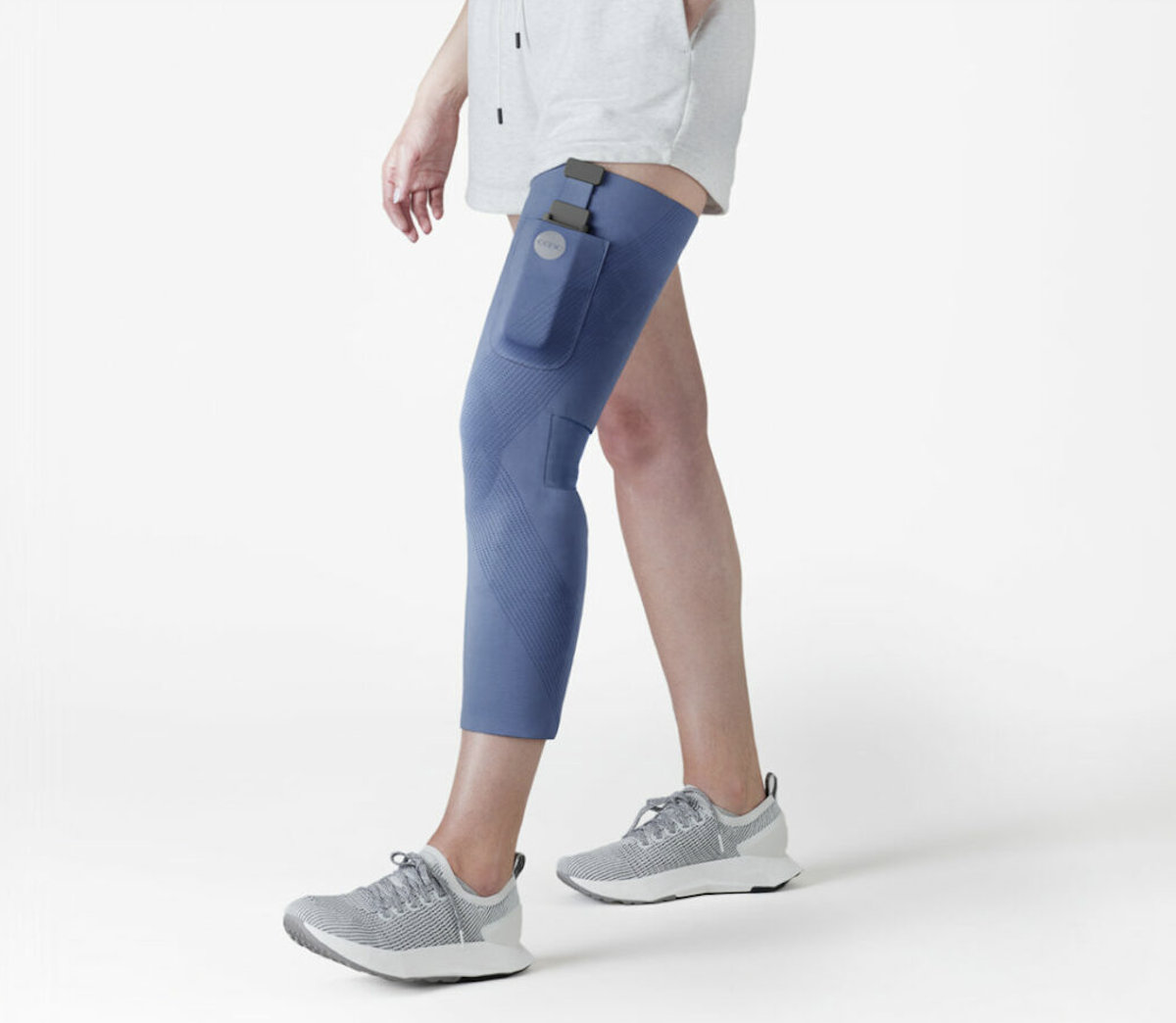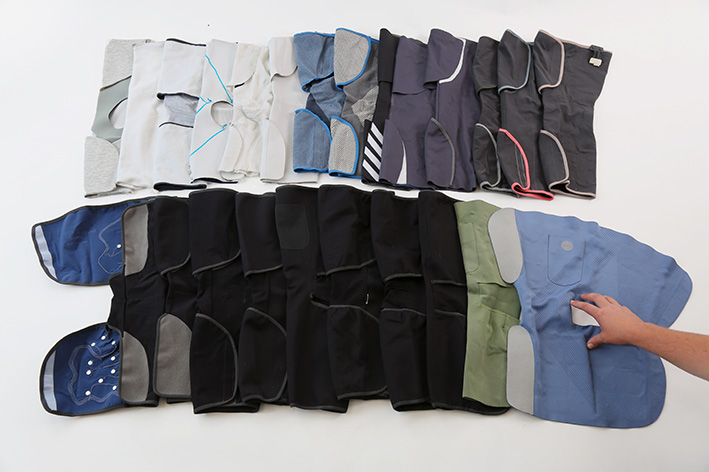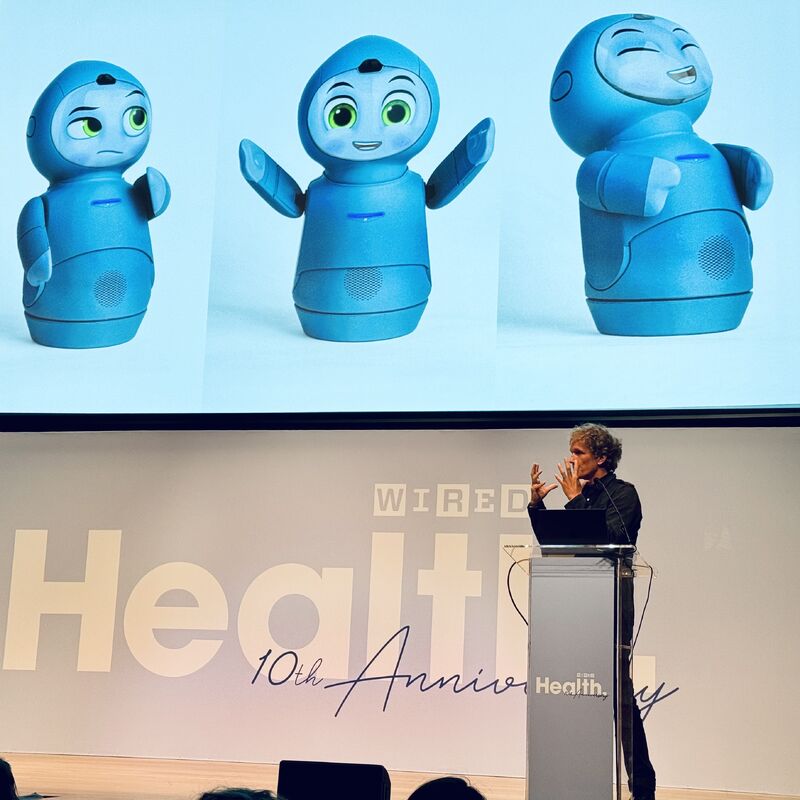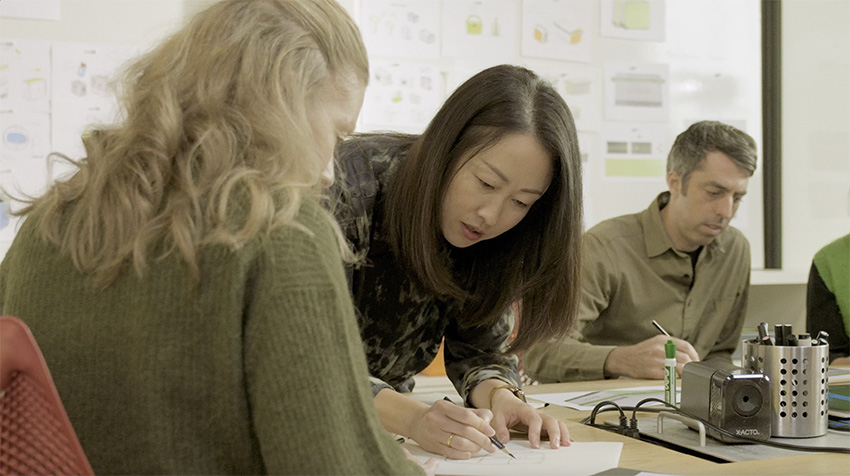As the Vice President of Design at
fuseproject, Qin Li oversees industrial design, experience design, environments, visual design and CMF (colour, materials and finish). With a commitment to human-centered design, Qin believes in the transformative power of design to drive cultural change and address global challenges. Qin has guided designs to market for diverse clients, spanning Fortune 500 companies, start-ups, non-profits and entrepreneurs. Her portfolio includes impactful work across AI and robotics, health and wellness, wearable tech, consumer electronics, furniture, retail and exhibition, packaging and soft goods. Her work has earned global recognition and prestigious awards, including TIME Magazine's 100 Best Inventions of 2020 for the smart bot, Moxie, and the 2023 Design Project of The Year Award from Dezeen for the Cionic Neural Sleeve.
